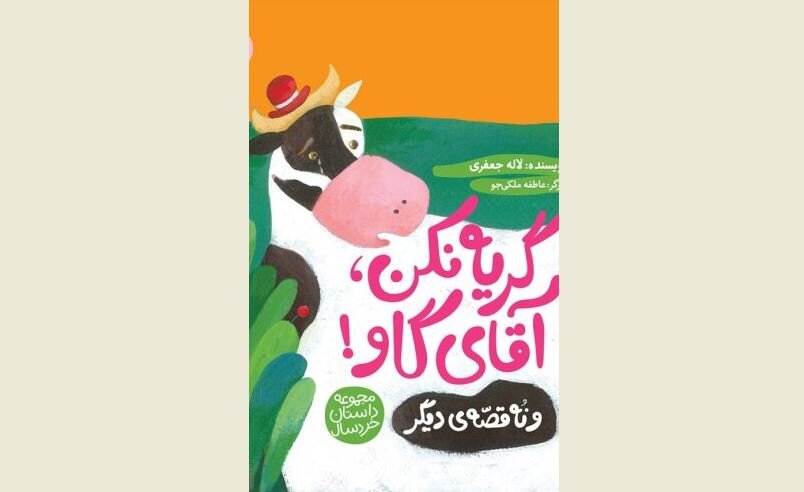“Don't cry, Mr. Cow” unveiled

At Somayeh Book Café, a press conference for the book "Don't Cry, Mr. Cow" was conducted. The author, Laleh Jafari, the illustrator, Atefeh Malekijou, and expert and critic Mohsen Hejri all spoke at the press conference.
Laleh Jafari first mentioned her ten-year wait for the publishing of this book and stated that when she accepted the project for children, this was the first book that was written; yet, it is one of the last books from that collection and project that was published after 10 years.
“It was difficult for me to wait this long, but after seeing the book, I realized it was worthwhile. Because the first illustration was extremely far from my imagination, and once Mrs. Malekijou re-illustrated it, it was exactly what I wanted,” she added.
She stressed the importance of the illustrator's presence at the press conference, saying that normally, the illustrators are not asked to the conference, and this is the first time, despite the fact that the team is the one who completes the work.
Atefeh Malekijou went on to say the same thing, adding that an illustrator must constantly stay a child in order to delve into the core of these stories. This book series has ten stories, which take the reader to ten distinct worlds. When we read a book, our subconscious creates an image. The illustrator does the same, but he must discard this image and select the best from among several options.
“Sometimes the illustration of a part of the story does not appeal to me, so I request that the author make some adjustments to the text. Of course, I attempt to adapt my own world to the story, and Mrs. Jafari gave me free rein with the style of her stories to create wonderful illustrations, which was a lot of fun!" Malekijou said.
Mohsen Hejri continued by highlighting the challenges of writing for children and claiming that he had never written for kids because he lacked the necessary skills, but that Mrs. Jafari had done a fantastic job.
“This work also contains human and moral principles and concepts, and the messages in the book are not slogans, but rather hidden inside the text. Another significant aspect of the book is the contrast of opposing elements and the formation of a story because children experience the world in this way and it is not foreign to them. You show the child audience in these stories that you understand them and that your world is comparable to theirs,” he said.
Additionally, he pointed out that the book was full of lovely parables with brief tales. Writing a brief story is difficult because you have to construct a story world in the fewest possible words and sentences.
